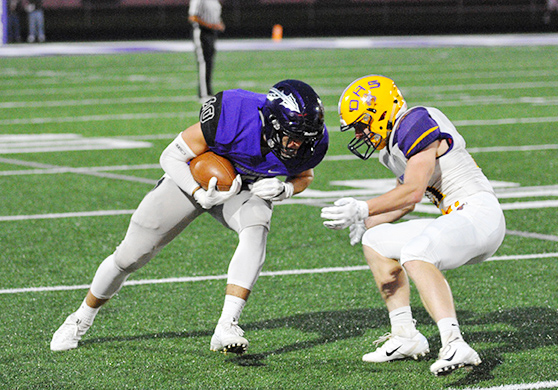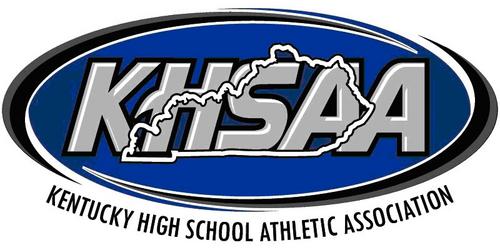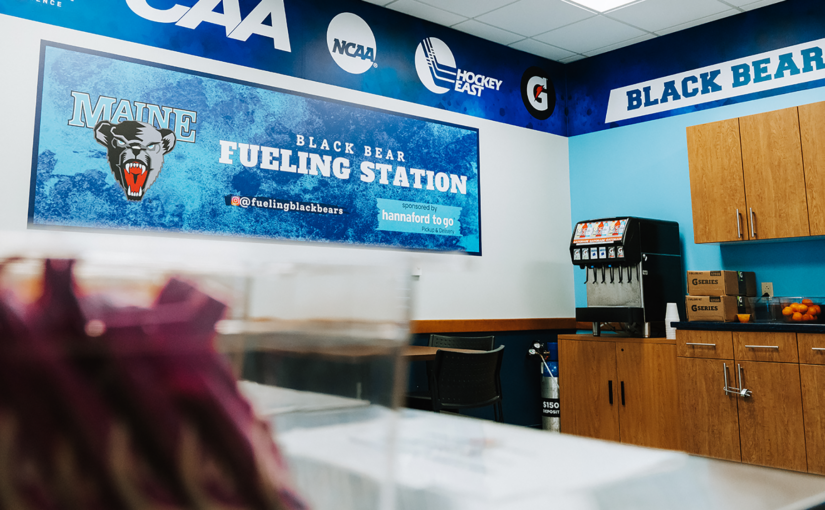Study: High School Seniors Playing Contact Sports Are 50% More Likely to Future Misuse of Prescription Stimulants
High school seniors who play sports were suggested to be more likely than non-athletes to misuse prescription stimulants in young adulthood, according to a recent study.Researchers from the University of Michigan also found that high school seniors who play contact sports are even more likely to misuse prescriptions than non-contact sports athletes.
 A recent story from the PharmacyTimes.com outlined the study from the University of Michigan.
A recent story from the PharmacyTimes.com outlined the study from the University of Michigan.
Below is an excerpt from the PharmacyTimes.com article.
“Misuse of prescription opioids was higher for respondents who participated in contact sports during the 12th grade. However, participation in this type of sport was not associated with initiating this type of drug use in young adulthood,” said lead author Philip Veliz, Ph.D., associate research professor at the University of Michigan (U-M) School of Nursing, in a press release.
Since 2010, rates of prescription opioid and stimulant misuse have declined among adolescents, Veliz said. Regulations resulting in this decreased use were implemented during the middle of the study, which took place from 2006 to 2017, and Veliz said this did impact the study findings.
“However, this study found that some types of former high school athletes are at greater risk of misusing these drugs and initiating them during early adulthood (between ages 19 and 21),” Veliz explained in the press release.
Researchers drew from over a decade of data that was collected for the Monitoring the Future study. Among 4,772 U.S. high school seniors, approximately 31% overall indicated misusing prescription drugs at least once between the ages of 17 and 18. With respect to contact sport participation, the percentage of 12th graders who indicated past-year prescription stimulant misuse was 11%, which increased to about 18% by ages 21 to 22.
The data came from students who play high-contact sports (football, ice hockey, lacrosse, wrestling), semi-contact sports (baseball, basketball, field hockey, soccer), and noncontact sports (cross country, gymnastics, swimming, tennis, track, volleyball, weightlifting).
In the study, Veliz said he was surprised that athletes in noncontact sports were more likely to initiate stimulant misuse during young adulthood. Noncontact sports may have a culture of self-control or an aversion toward physical harm, but participants in these sports could still be highly competitive, Veliz said in the press release.
Other studies have found that young adults who participate in noncontact sports could be more academically inclined. These adolescents could see athletics as resume builders for college applications and may falsely believe that stimulants could boost academic performance, as well as physical.
“The findings reinforce screening during adolescence as nearly 1 in 3 high school seniors engage in prescription drug misuse,” Sean Esteban McCabe, Ph.D., senior author, and director of the Center for the Study of Drug, Alcohol, Smoking, and Health (DASH) in the University of Michigan School of Nursing, said in a press release. “Increased prescription stimulant misuse following high school warrants ongoing monitoring during young adulthood, especially among athletes.”
To read the full story from the PharmacyTimes.com about the study of high school students misusing stimulants, click here.







